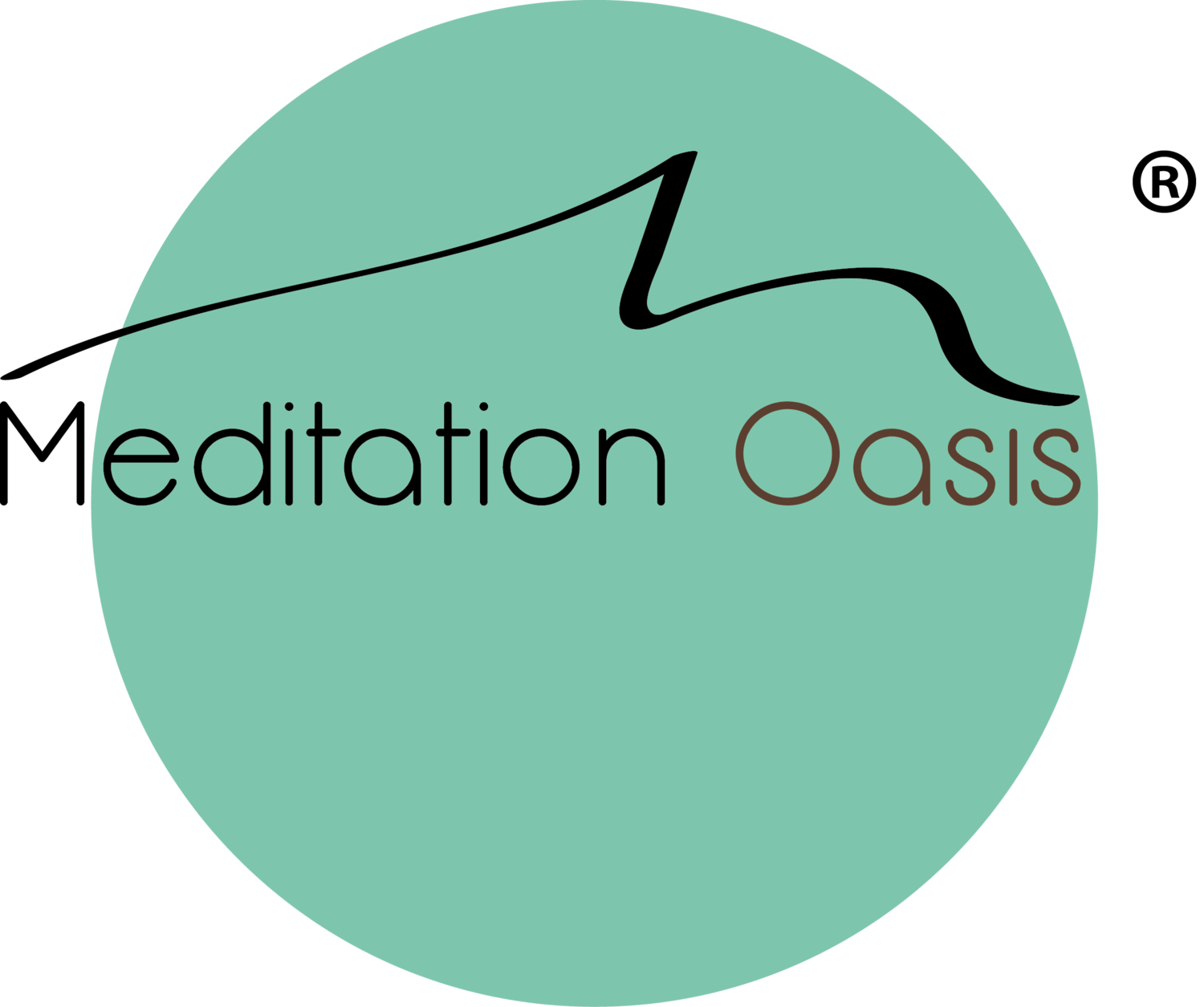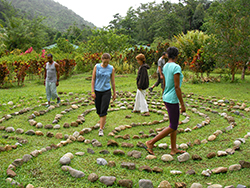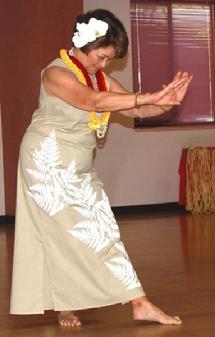Is anger a difficult emotion for you? If yes, why? In my family, anger simply wasn't expressed. Being angry wasn't allowed, the obvious conclusion being that it was a bad thing to feel. I wasn't a child who could say "I hate you mommy!", a perfectly normal thing for a young child to say. It's taken a long, long time for me to find a healthy relationship with anger.
For others, the challenge with anger may be a different one, but I've had so many requests for a meditation for anger, that I know it's a challenge for many people. I do hope this latest podcast meditation will help with some of the issues with anger, and would love to hear about your experience with it. I've thought about some reasons why anger can be so challenging and am sharing some of my thoughts as a background for the meditation.
Anger can be a very useful emotion. It can show us where we need to take action and gives us energy to do so. If the barking of a neighborhood dog or someone's loud music is disturbing your sleep night after night, anger is a natural response. As part of the fight of flight response, it gets you to take action. Hopefully you can find a constructive way to confront the situation and resolve it.
Like every emotion anger is a natural flow of life energy. When allowed to flow freely, it passes through us. All too often, however, anger gets suppressed and doesn't get released. That energy will then express itself in other ways, or lead to chronically tight muscles and other problems. What you resist persists, and suppressing anger actually keeps it around.
Another way of keeping anger going is to hold onto it by running stories in our minds about whatever it is that makes us angry. We may play something that happened over and over in our minds, thus extending the anger and not allowing it to resolve. Both strategies, suppressing anger and getting mentally involved with it, can cause it to continue longer than it needs to. It's the ability to allow the anger to be felt fully that allows it to release.
Why would we hang onto anger? Sometimes anger is a reaction to another emotion, and covers up the original emotion. For example, if you feel hurt by someone, it may seem easier to feel the anger than the hurt. But unless you feel the underlying hurt, the anger will never resolve.
Anger can be difficult when it is accompanied by destructive thoughts. The thoughts themselves may seem unacceptable, or there may be a fear that they will be translated into action. The more we can feel the anger fully and allow whatever thought comes to come, the more choice we actually have about when and how to act. The ability to stay centered in ourselves as the observer of our anger gives us greater mastery over our behavior.
When to get help: Sometimes, of course, it's important to get help with anger. If we are very angry a lot of the time or angry way out of proportion to the situation, counseling can help us work on unresolved issues causing the anger. And certainly if our expression of anger is interfering with our relationships, daily functioning or is destructive to others, professional help is needed.
I'd love to hear from you about your experiences with anger and what you've learned. I'd also love to hear about your experiences with this meditation.





